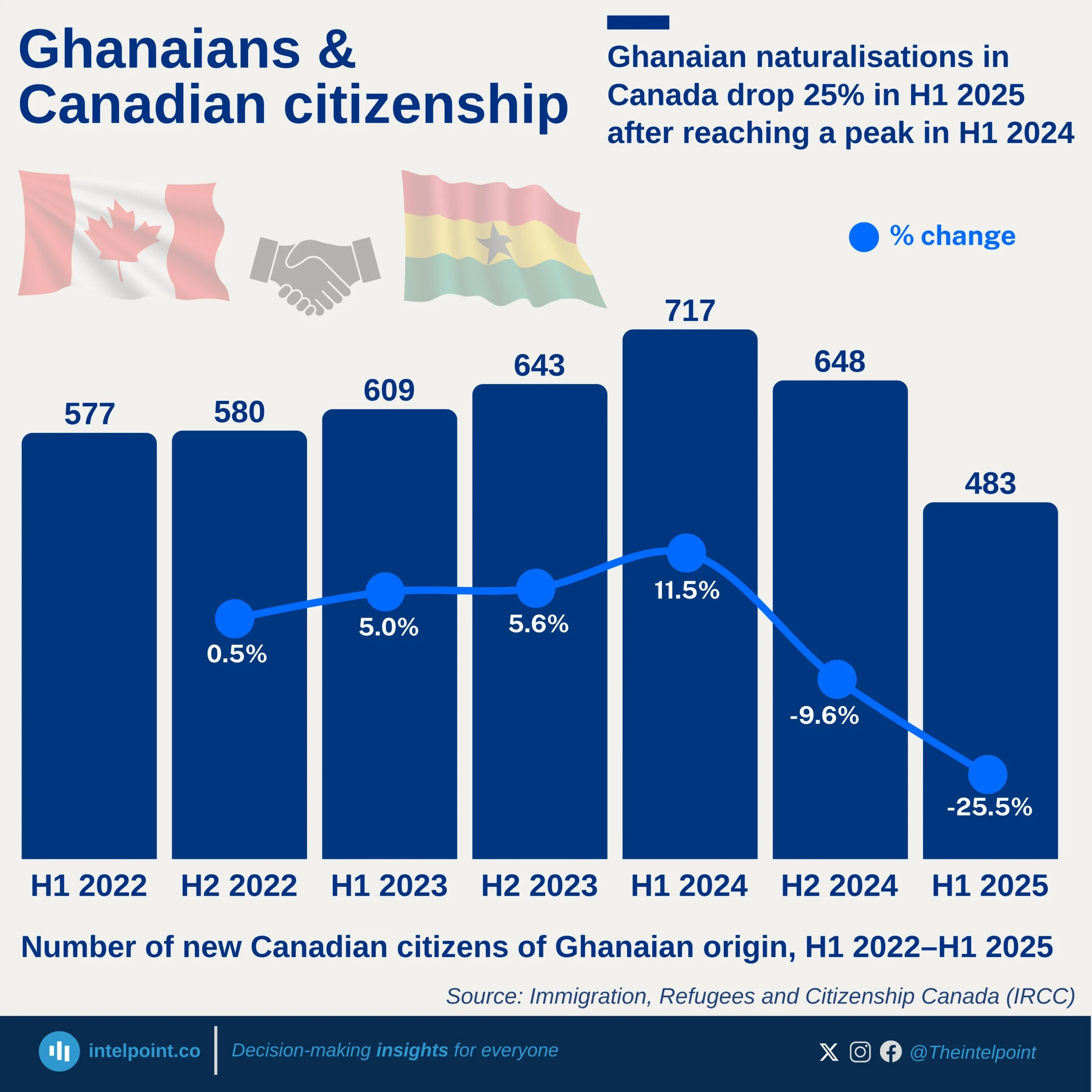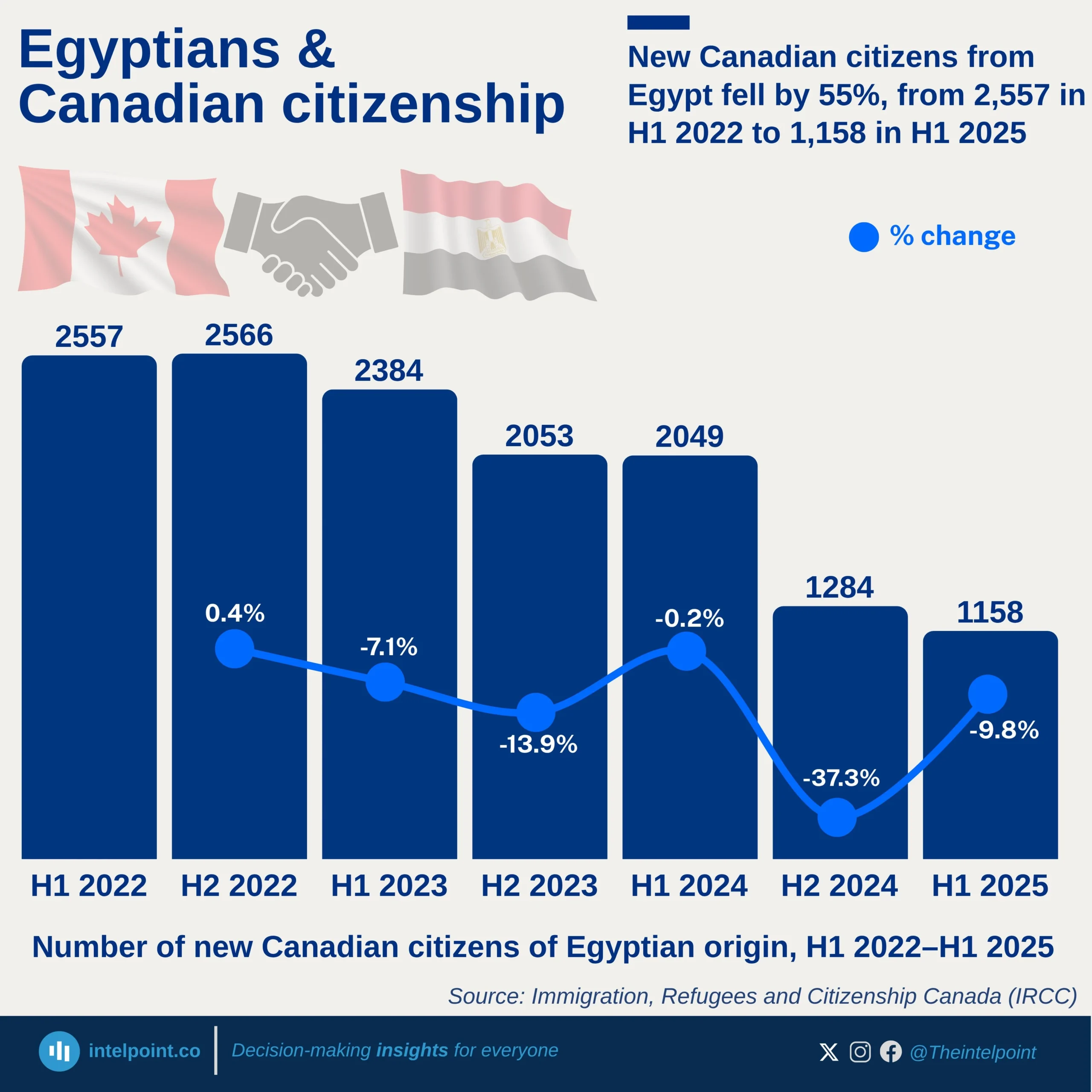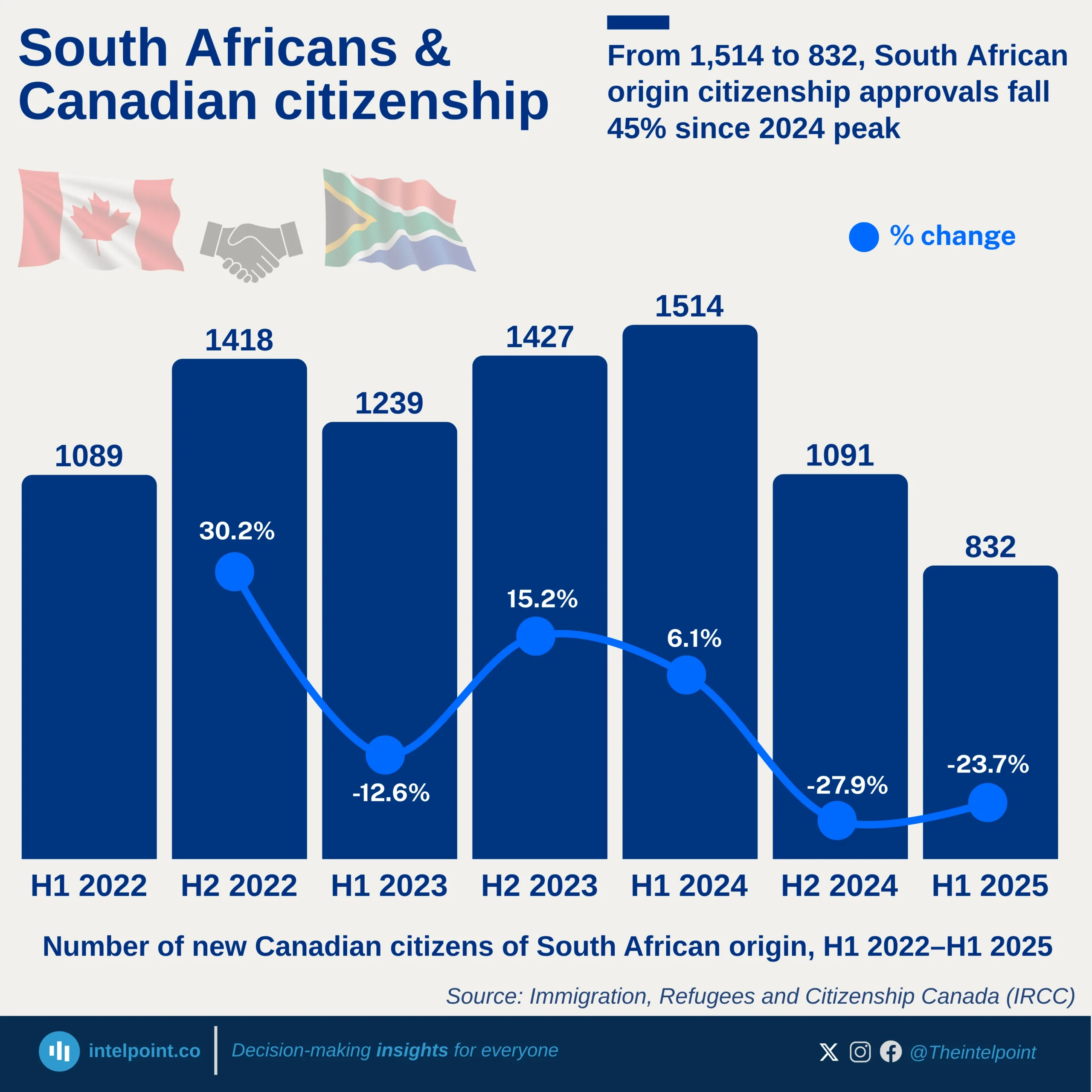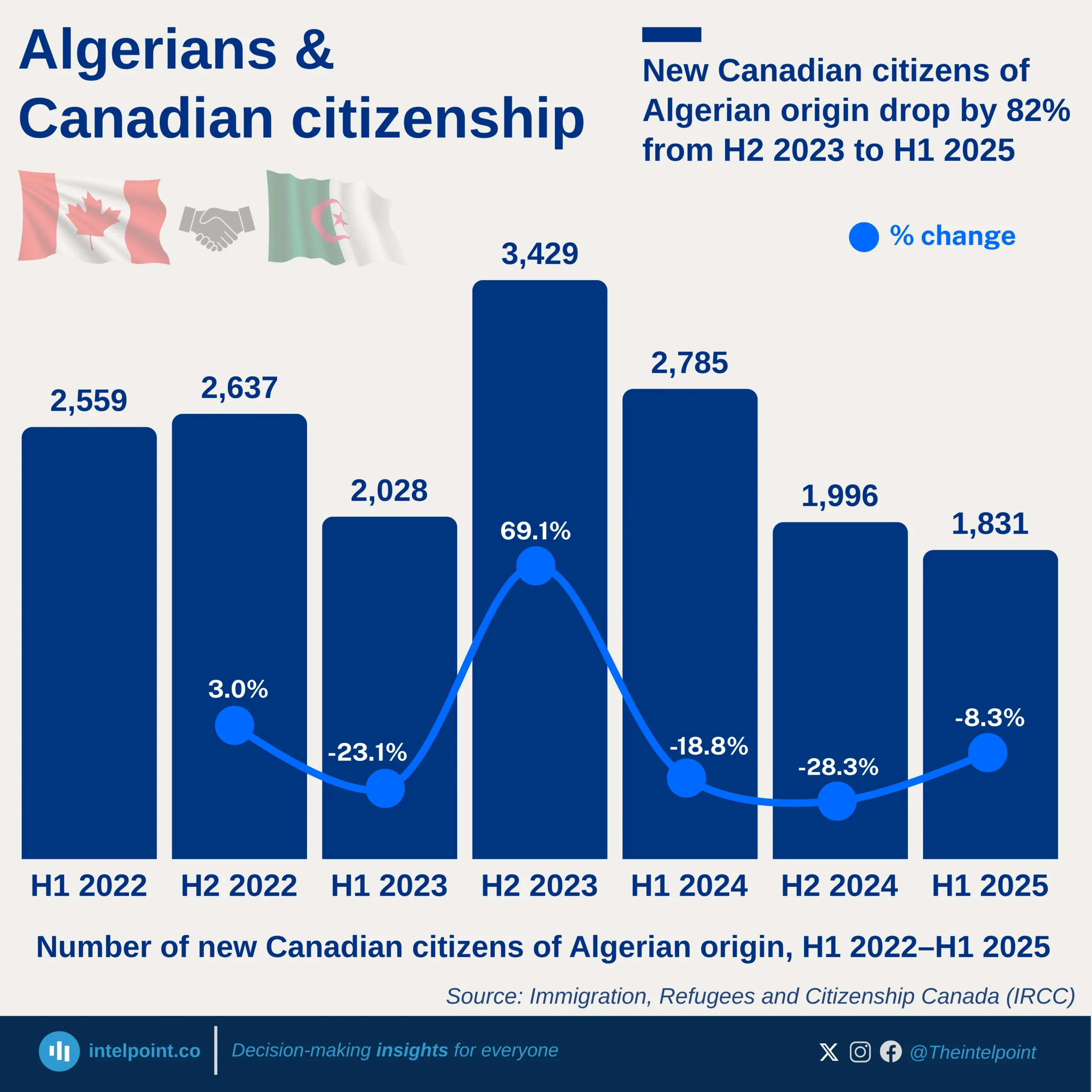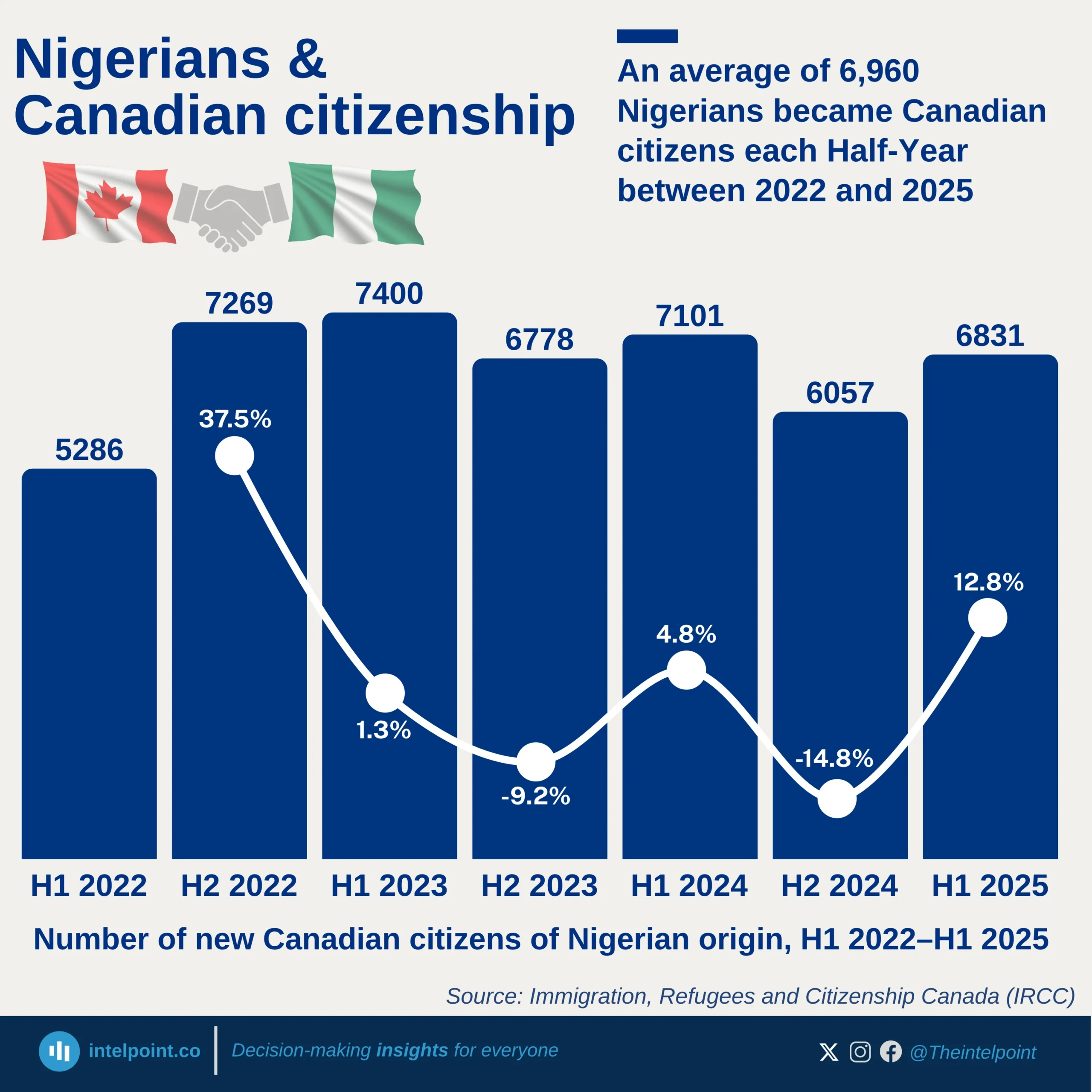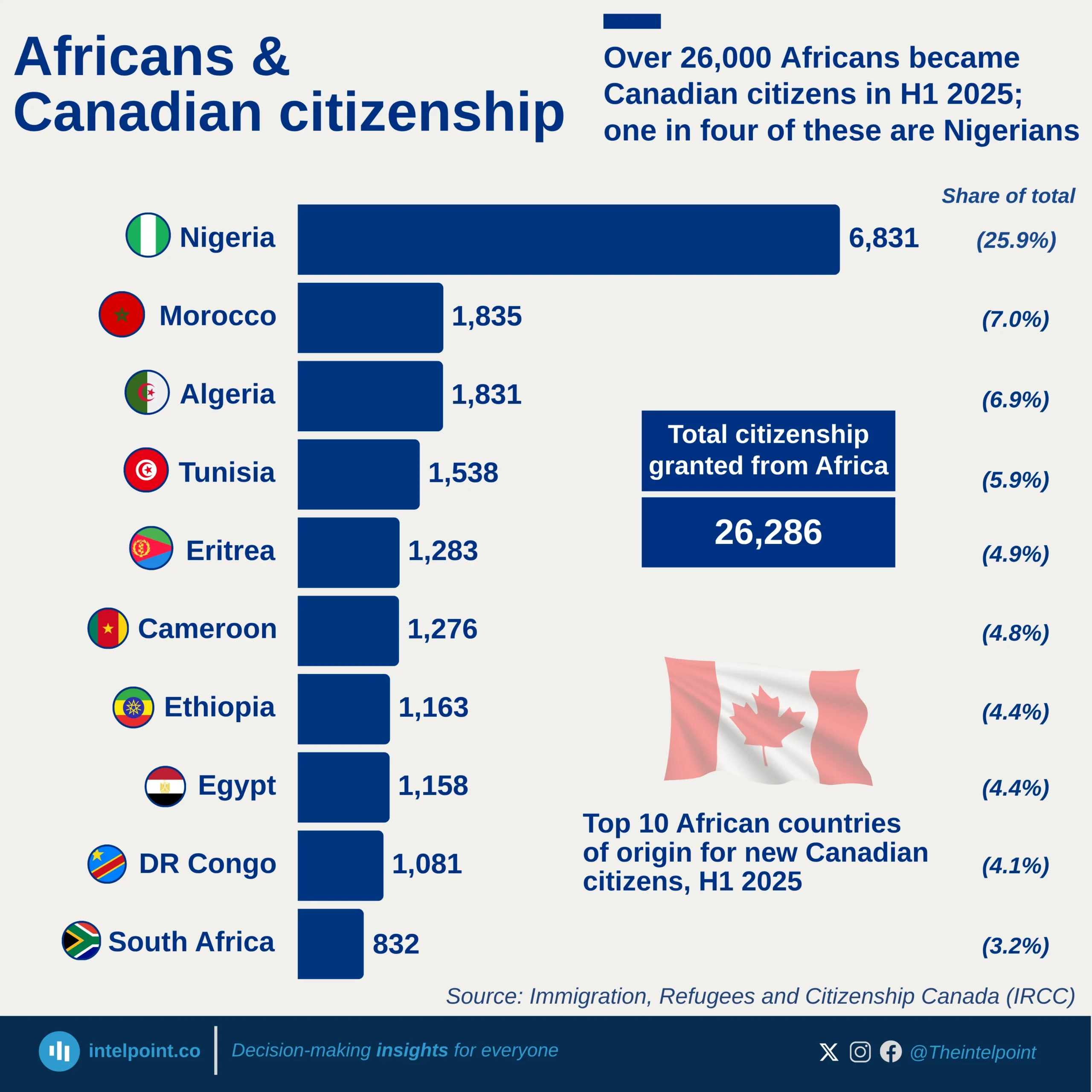Key takeaways:
In 2024, Venezuela (620,074) registered the highest total of asylum seekers under the United Nations High Commissioner for Refugees's (UNHCR) mandate, topping the list of the eleven countries with the most significant displaced populations. Following closely are Colombia and Cuba, with 250,260 and 218,225 asylum seekers respectively.
Central American countries also experienced notable trends in asylum-seeking, with over 464,000 asylum seekers altogether from Guatemala, Honduras, and El Salvador. Mexico recorded 173,388 citizens seeking refuge abroad, along with Nicaragua (144,767).
In addition to the Americas leading the list of the eleven countries with the highest asylum seeker numbers in 2024, China (147,909) and India (125,897) emerged as significant sources from Asia, indicating notable asylum-seeking movements. Meanwhile, over 170,000 asylum seekers were reported from Haiti.
